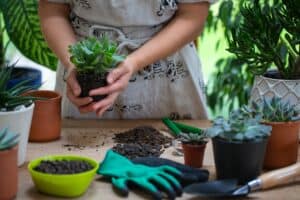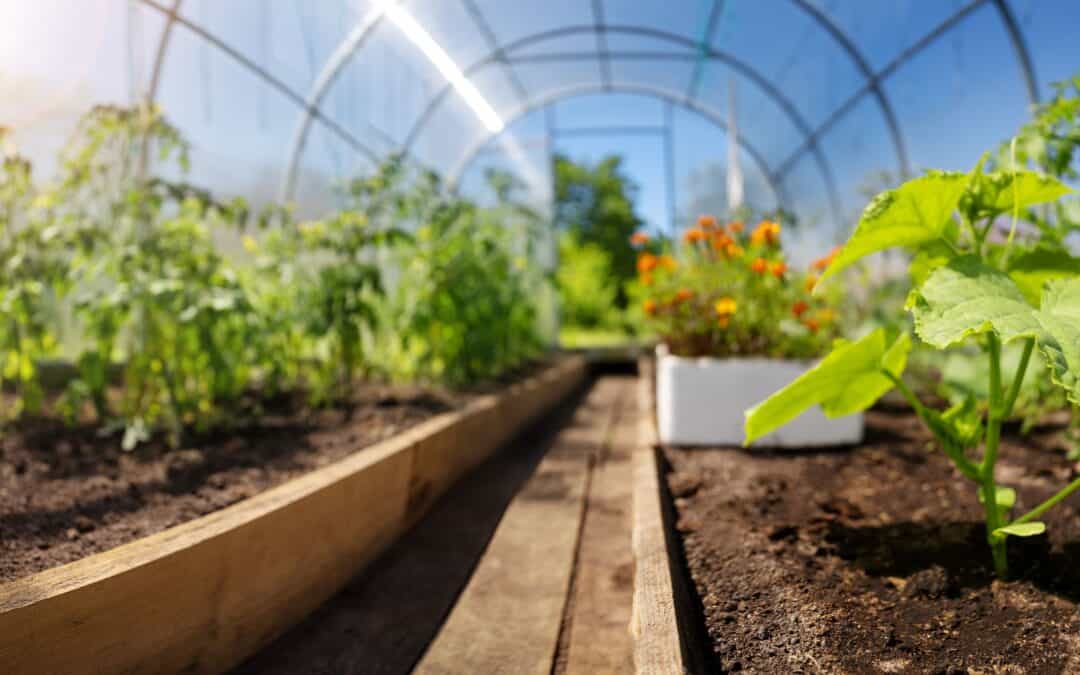Gardening is an extremely productive pastime. Although you’ve successfully pulled yourself away from your usual stresses in life, you’re still keeping your hands busy. Moreover, growing plants in your yard is one way to add a splash of color outside your home. And if done properly, gardening can easily improve your curb appeal.
However, as pleasing as they are to the eyes, only a few plants can withstand harsh elements, such as strong winds or brutal summers. Them alone are enough to ruin those susceptible to extreme conditions. That’s why gardeners prefer investing in greenhouses. As a shelter designed for housing plant life, a greenhouse is the answer you’re looking for when it comes to securing your garden.
Granted, not all of them can universally provide the essentials to your plants. Considering they’re a structure, all types of greenhouses possess various factors that could affect a specific plant’s growth. Therefore, it’s a no-brainer why you must know how to garden in your greenhouse.

1. Know What To Plant
Before anything else, what you’re going to plant takes precedence. After all, every species of plant life come with a list of needs that must all be provided by the gardener to improve its chances. Even though it’s planted inside the greenhouse, there’s no guarantee it’ll work without taking the proper steps.
Despite how much work it is, there’s a long line of qualifications for plants that are suitable as a starter in a greenhouse. Granted, anything can be cultivated inside a greenhouse. But because most plants have certain conditions to be met, you must pay close attention to their needs, regardless.
The best plants you can start with are typically tubers, such as potatoes and radishes. However, you can even try fruit crops, like strawberries or tomatoes. These are only some examples that thrive more in a greenhouse. Considering how much volume they often produce, you can even make a profit out of them.
2. Pick A Spot
Although greenhouses are designed to cater to the plants’ needs, there are other essential elements that contribute more to their growth. Sunlight is a top priority when it comes to gardening. Granted, artificial lights are available to stimulate sunlight. However, what makes sunlight much more preferable is how rich it is in nutrients. Hence, the more sunlight they receive, the more plants will flourish. So make sure to place your greenhouse where sunlight frequently lands.
Aside from sunlight, take the greenhouse’s surrounding area into account. Ensure that its drainage system is efficient. Otherwise, water might stagnate around the greenhouse, especially if the land is sloped toward it. In any case, ensure convenience is right at your fingertips every time you access your greenhouse.
3. Choose A Method
Another factor that heavily influences plant growth is how you plant them. Typically, your planting method mostly depends on your budget and preferences. In greenhouse gardening, all you have to choose is between planting directly on the ground, container gardening, and using raised beds.
Naturally, using the ground as soil is the most budget-friendly option among the three. However, it’s also the most tedious, given how different soil qualities can hinder plant growth. Therefore, if the soil is hard or tight, you’ll have a hard time working around it.
Container gardening and raised beds to allow gardeners to choose whichever soil they want and set them apart from the ground. But the downside to these methods is how pricy large plant pots and raised beds are.
4. Implement Ventilation
While sunlight is the most valuable component in plant growth, air circulation is another priority. After all, how your plants can withstand any change in temperature could reduce their production—or worst, affect their general health. Hot and cold seasons are especially brutal on plants. However, summers are much worst for plants.
Since greenhouses are designed for plants, they’re meant to contain sunlight and warmth to nourish them, so it’s better to position your greenhouse where the sunlight is. But considering there’s nothing but sunlight during warmer months, having too much of it could quickly dry up your plants.
For those living in an environment with all four seasons occurring each year, choose a greenhouse with a built-in ventilation system or windows that you can open. Ensure your plants don’t suffocate from excessive heat. Colder months aren’t too concerning, especially if you place your greenhouse somewhere that receives plenty of sunlight. But just to be safe, include heating in your ventilation system.
Takeaway
Gardening can be extremely exerting but pleasing to handle, especially if you like getting your hands dirty. And it doesn’t hurt that you’re adding more color outside your home. However, depending on how invested you are in it, it’s only natural that you want to provide more to your garden. Consider having a greenhouse to shelter your plants. Granted, it might seem confusing on the surface. But gardening would be much more satisfying once you get the gist of it.

Recent Comments